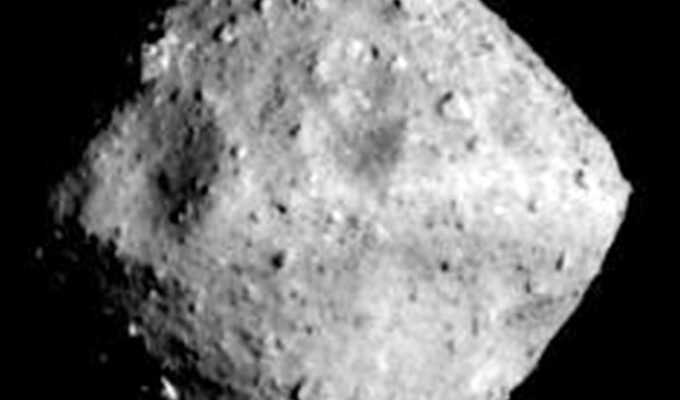There is no question of leaving planetary defense to NASA… Even if the latter should test its DART impactor This year. China would therefore prepare a demonstration mission with a scheduled departure within five years. A desire to occupy the field…
And to put the potential danger of NEOs in the rearview mirror?
We’re watching you, asteroids!
Progress in observation over the past decade shows that if an asteroid larger than a few tens of meters in diameter is heading towards Earth, there is an increasing chance that it will be detected in advance. And far from a “way Don’t Look Up is a problem that is already making several teams in the major space agencies phosphorescent.
There are several scenarios being considered to deflect an asteroid, but the simplest solution (and it seems, one of the most effective) is to send a kinetic impactor to it… ie , a projectile. The European agency trains every year in simulation scenarios, NASA is in the middle of testing its high-speed DART impactor (it will deflect the small moon of the asteroid Didymos in less than six months) and China does not want not stay behind. She would even prepare her own mission, with take-off around 2025.
Scattered like a puzzle
During a recent television intervention, the vice-president of the Chinese space agency (the CNSA) announced a new effort in the direction of near-Earth asteroids: an early warning system based on observations from Earth, means for simulation of trajectories, and a test mission consisting in observing a target asteroid, then bombarding it with a high-speed impactor to alter (even very finely) its orbit.
If the target has not yet been revealed, nor the name or the characteristics of the mission, the interest of the Chinese agency for this mission profile is no longer in doubt…
Who to test a projectile?
We will know more about these new efforts in the years to come, and a priori the very next ones since it is a question of taking care of them at the end of the 14and five-year plan which ends in 2025.
Nevertheless, it should not be the first mission entirely dedicated to an asteroid (we will already remember that Chang’E 2 had flown over Toutatis), because China is preparing its own mission to study and collect samples on Earth’s only “quasi-satellite”, Kamo’Olaewa. Take-off is currently planned in two years, in 2024.
Source : SPACENEWS

4